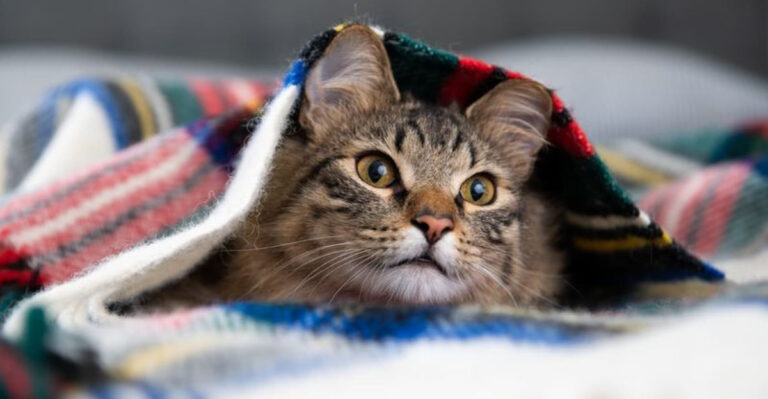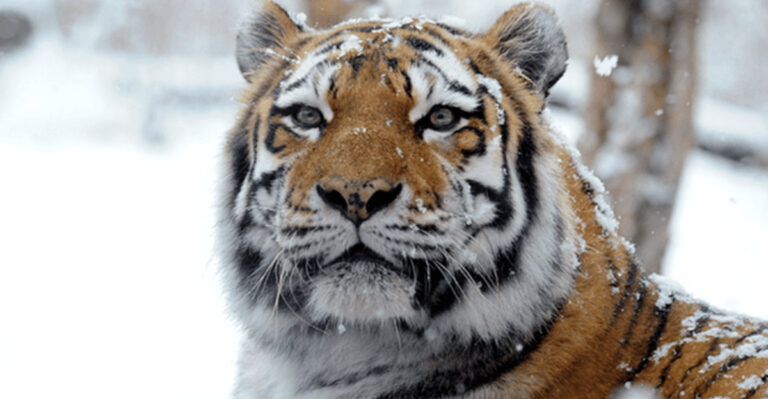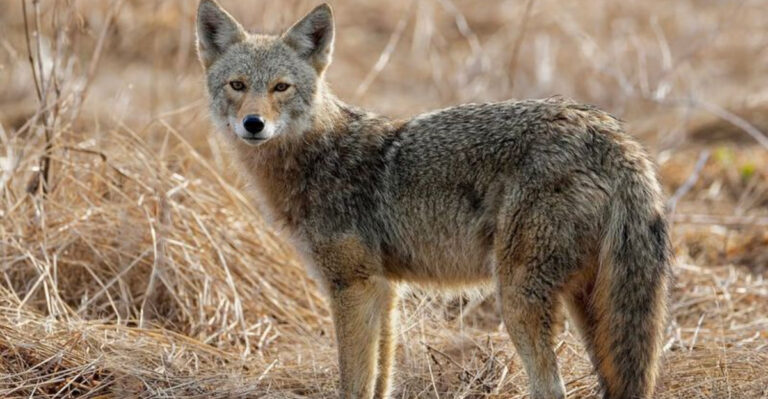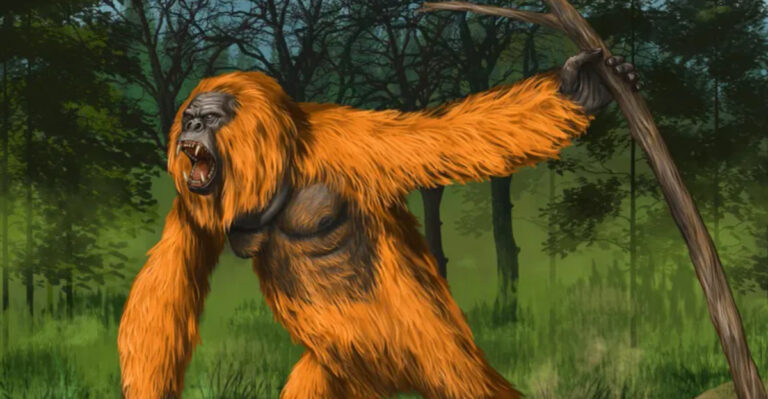Bison Vs. Buffalo And 14 Other Animal Name Mix-Ups Explained
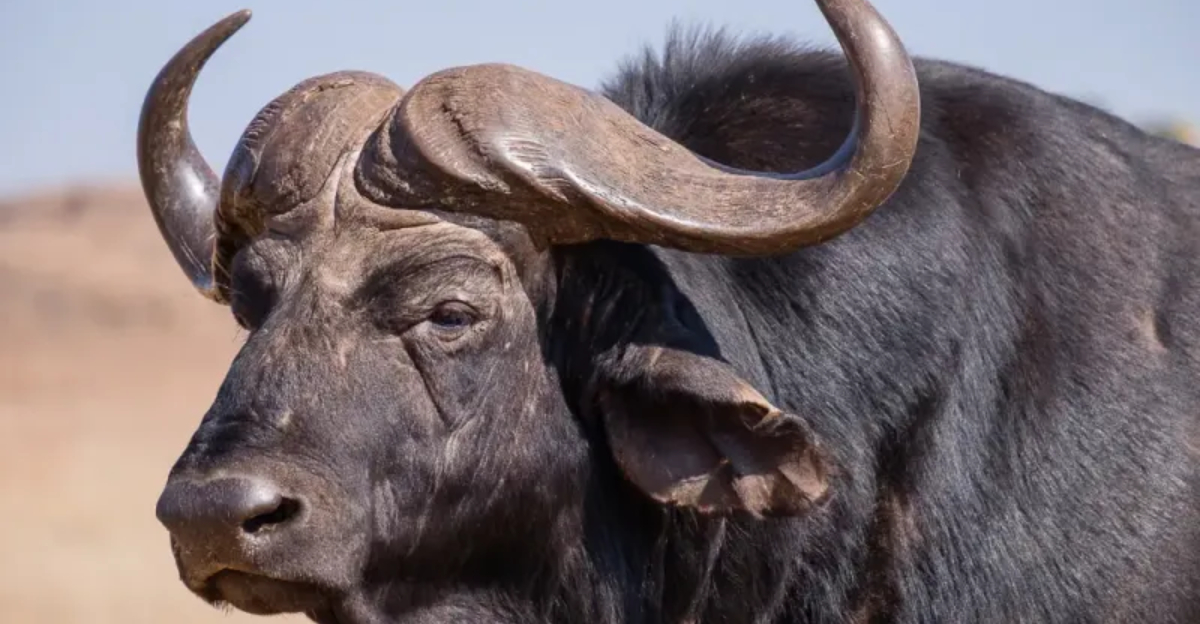
Ever met someone who confused a bison for a buffalo? You’re not alone! In the animal kingdom, names can be misleading, leading to all sorts of funny mix-ups.
This list sets the record straight on of the most common animal name mix-ups. Get ready to learn some surprising facts and impress your friends with your newfound knowledge!
1. Koala Bear
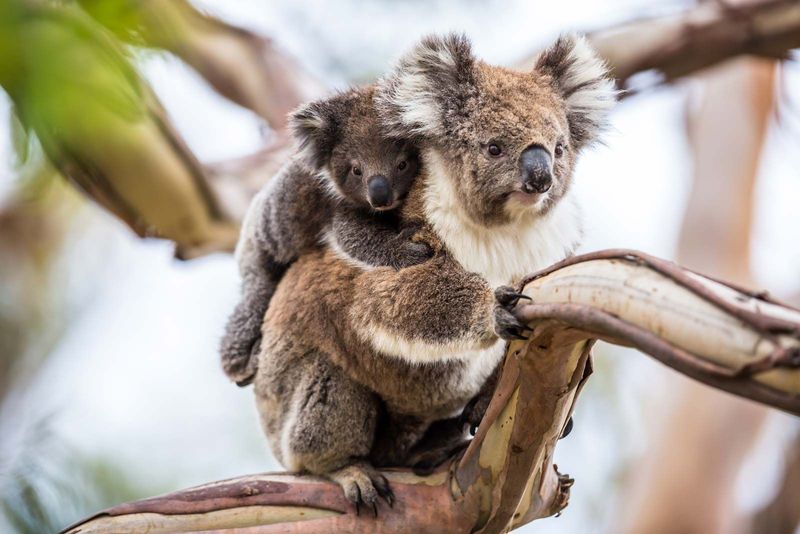
Cuddly, adorable, and not a bear! Koalas are often mislabeled as bears, but they’re actually marsupials.
These fluffy creatures carry their young in pouches, similar to kangaroos. Native to Australia, koalas have a diet consisting mainly of eucalyptus leaves, which they munch on while lounging in trees.
With their round, fuzzy ears and large noses, they might resemble teddy bears, but don’t be fooled; koalas are just being koalas!
2. Mountain Goat
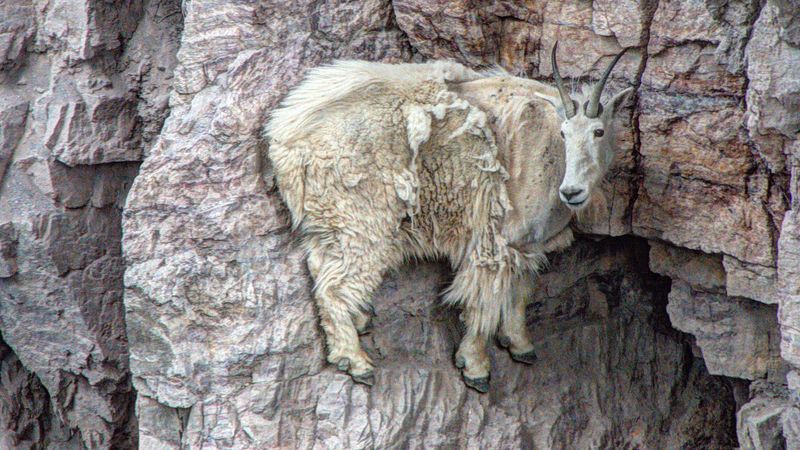
Scaling cliffs like a pro, the mountain goat isn’t actually a goat at all. It belongs to the antelope family, making it an honorary member of the goat club.
These nimble creatures are adapted to life on rocky terrains, with specialized hooves that grip like natural climbing gear.
So the next time you spot one defying gravity, remember it’s more of an antelope in disguise, embracing its inner goat!
3. Electric Eel

Zap! That’s the sound of an electric eel, which ironically isn’t an eel at all. This shocking resident of the Amazon and Orinoco basins is actually a type of knifefish.
With its ability to generate powerful electric fields, it navigates and hunts in the murky waters with ease.
Despite its name, this fish’s unique biology makes it a standout in the underwater world, proving sometimes names don’t tell the whole story!
4. Peanut Worm

Peanuts are for snacking, not for worms! The peanut worm, however, is an intriguing marine invertebrate, a member of the Sipunculan family.
These creatures extend their bodies into the sand or crevices, retreating to safety when threatened. Found in ocean habitats worldwide, they play a vital role in the ecosystem by aerating the seabed.
Next time you’re at the beach, remember the peanut worm’s contribution to the underwater world.
5. Flying Fox
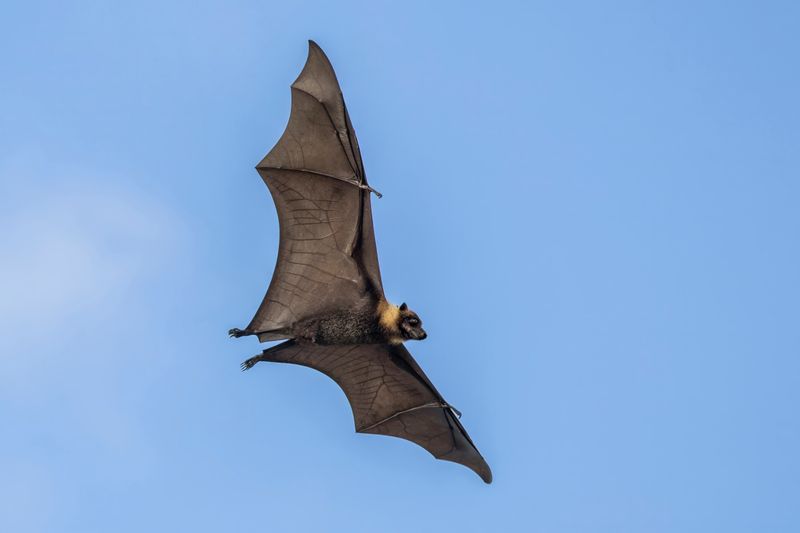
When you hear ‘flying fox,’ you might imagine a fox with wings, but these are actually large bats. Known for their fox-like faces, flying foxes are vital pollinators in tropical and subtropical regions.
They feed on fruits and nectar, helping to disperse seeds and pollen as they travel.
So next time you see one soaring through the sky, remember they’re not out for a hunt, but on a mission to keep the forests thriving!
6. Bison Vs. Buffalo
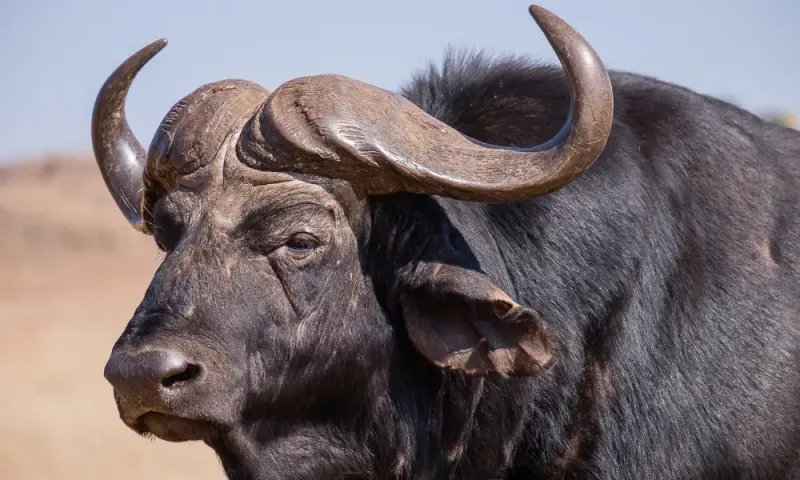
Imagine calling someone by their cousin’s name – awkward, right?
That’s basically what happened with bison and buffalo. Early European explorers mistook the bison roaming North America for buffalo, which are actually native to Africa and Asia.
The name stuck, causing years of confusion. Bison are known for their massive heads and shaggy manes, while the true buffalo of the Old World sport smooth coats and large horns.
Next time you see these majestic creatures, you’ll know who’s who!
7. Guinea Pig

Not from Guinea, and definitely not a pig, these little rodents are from South America! Historically, guinea pigs were domesticated by indigenous tribes for food and rituals.
Today, they are beloved pets worldwide, known for their social and vocal nature.
So, if you fancy a chatty companion, consider a guinea pig—just don’t expect it to oink or come from Guinea!
8. Starfish
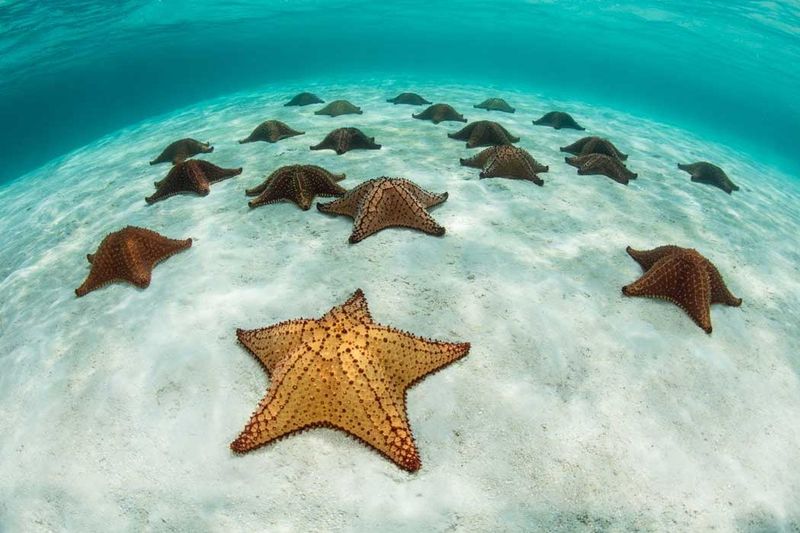
Sea stars, often called starfish, aren’t actually fish. These echinoderms are more closely related to sea urchins and sand dollars.
With their ability to regenerate lost arms, starfish can be found in ocean habitats worldwide.
Their radial symmetry and unique biology make them a fascinating subject of study, proving that sometimes, names can be deceiving but the truth is even more interesting!
9. Jellyfish
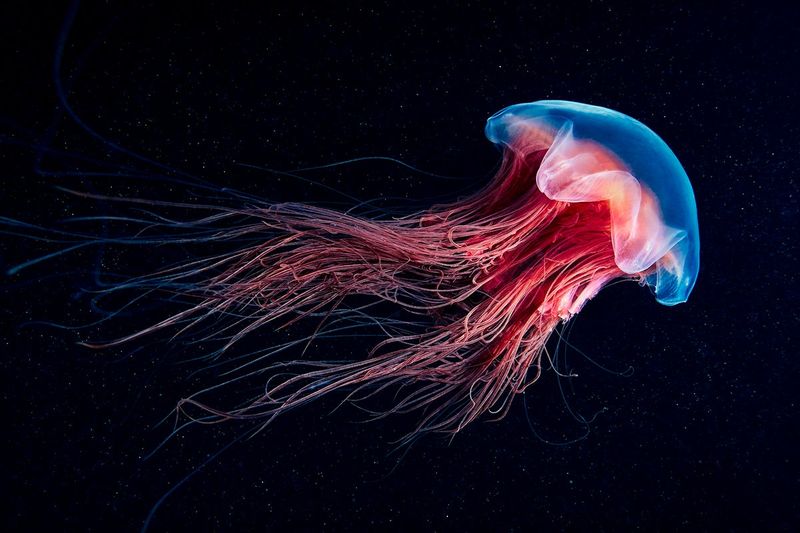
Floating through the ocean’s depths, jellyfish aren’t fish, but gelatinous members of the phylum Cnidaria.
These ancient creatures have been around for millions of years, drifting with ocean currents in search of food.
Their delicate, umbrella-shaped bodies and tentacles armed with stinging cells make them both beautiful and intimidating, a true wonder of the sea!
10. Tortoise Vs. Turtle
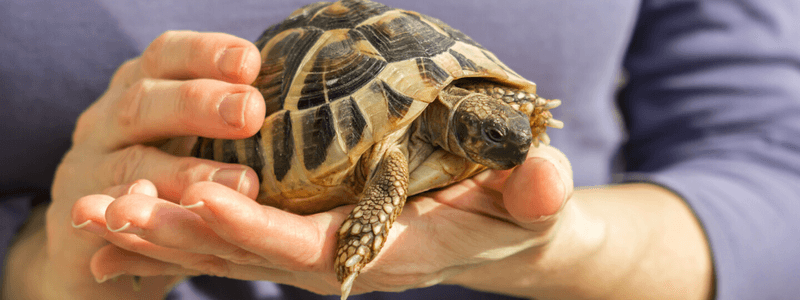
Home is where the shell is, but is it a tortoise or a turtle? Tortoises are land dwellers, sporting dome-shaped shells that offer protection from predators. They roam arid deserts, slowly traversing their sunlit kingdoms.
Turtles, however, are adapted to life in water. With flatter, streamlined shells, they glide through rivers and oceans, their lives a dance with the currents.
Interesting Tidbit: Tortoises can live for over a century, making them the Methuselahs of the reptile world.
11. Gila Monster
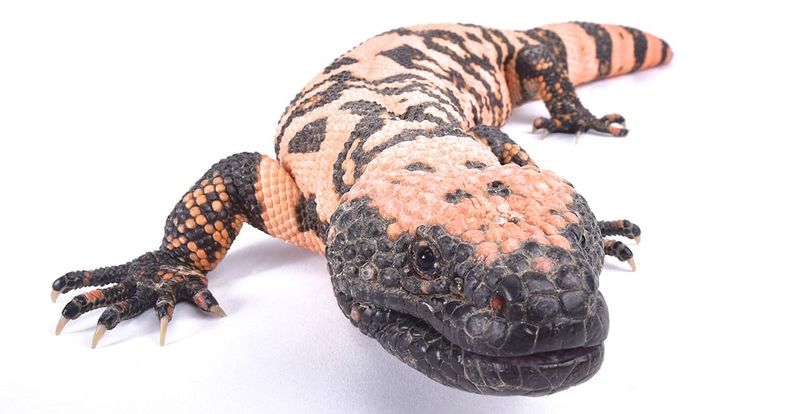
With a name like Gila monster, you’d expect a fearsome beast. But this venomous creature is a slow-moving lizard native to the southwestern United States.
Its striking orange and black patterns warn potential predators of its toxic bite, though it rarely uses this defense.
Preferring a life of leisure, the Gila monster spends most of its time in burrows, emerging only to feed or bask in the sun.
12. Horned Toad

Don’t let the name fool you; the horned toad is not an amphibian but a unique type of lizard.
This spiky little reptile is well-adapted to its arid habitat, with a body designed for camouflage and defense.
When threatened, it can squirt blood from its eyes, deterring predators with its startling behavior. A true desert marvel!
13. King Cobra

Meet the king that’s not quite a cobra! King cobras, the world’s longest venomous snakes, belong to a different genus than true cobras.
These regal reptiles command respect with their imposing size and distinctive hood. Found in forests across Southeast Asia, they primarily feed on other snakes.
Though fearsome, they’re shy and avoid human interaction, unless provoked!
14. Prairie Dog

Cute, chirpy, and not a dog! Prairie dogs are social rodents belonging to the squirrel family.
These burrowing animals create extensive underground colonies called towns, communicating with a complex system of vocalizations.
Found in the grasslands of North America, they play a crucial role in their ecosystem by aerating the soil and serving as prey for various predators.
15. Crayfish
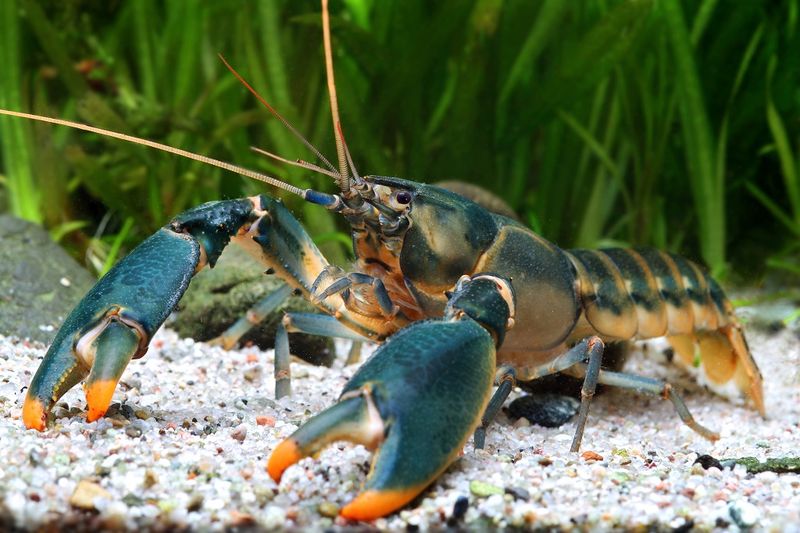
Crayfish, or crawdads, are more lobster than fish, living in freshwater streams and lakes.
These crustaceans are essential to aquatic ecosystems, feeding on detritus and serving as prey for fish and birds.
With their small size and big claws, they’re like miniature lobsters, bringing a bit of the ocean to freshwater habitats.

